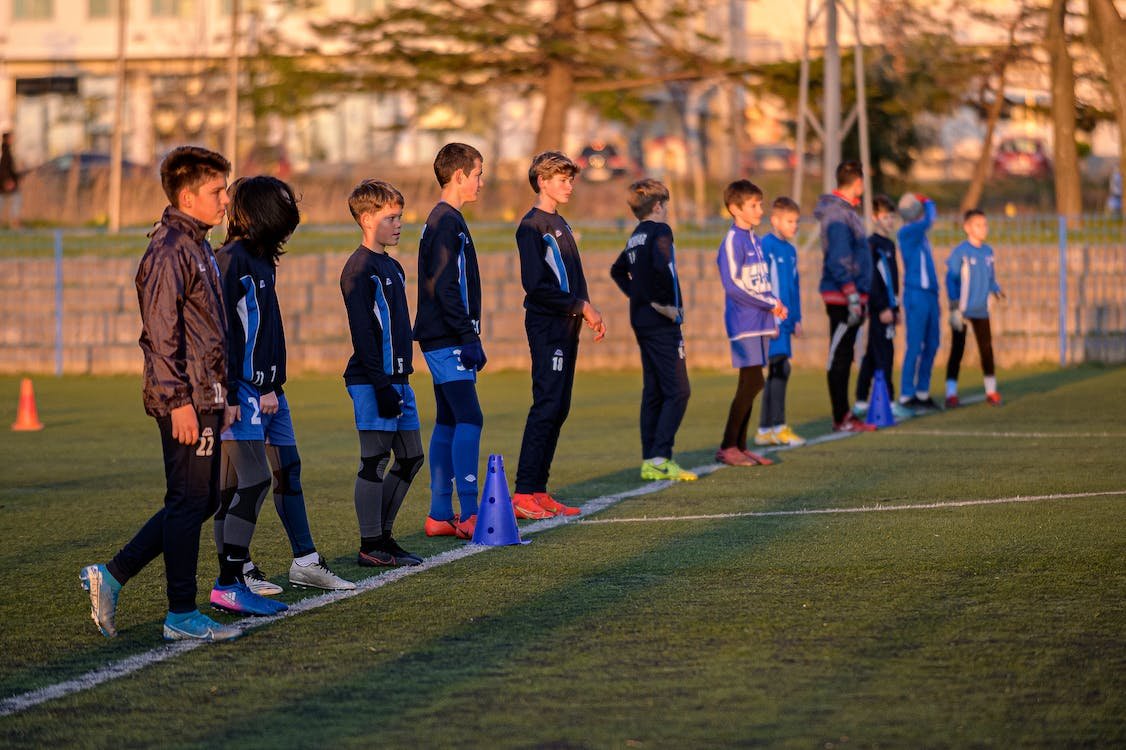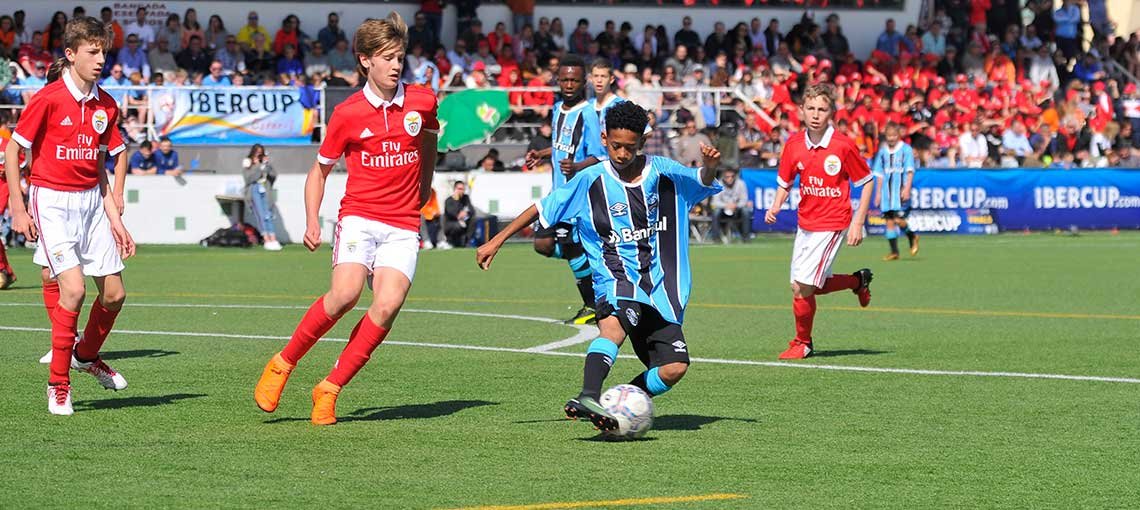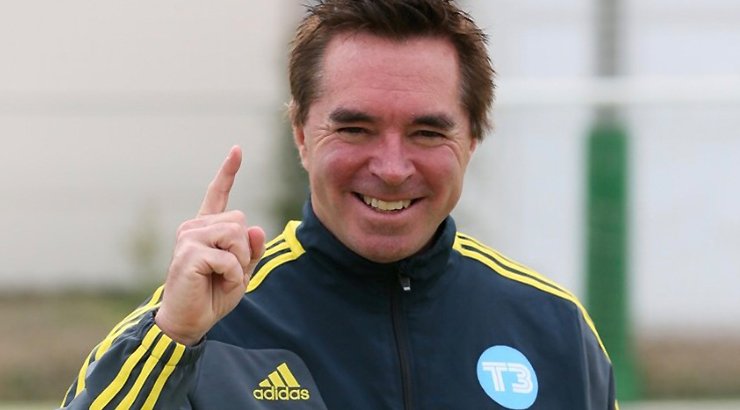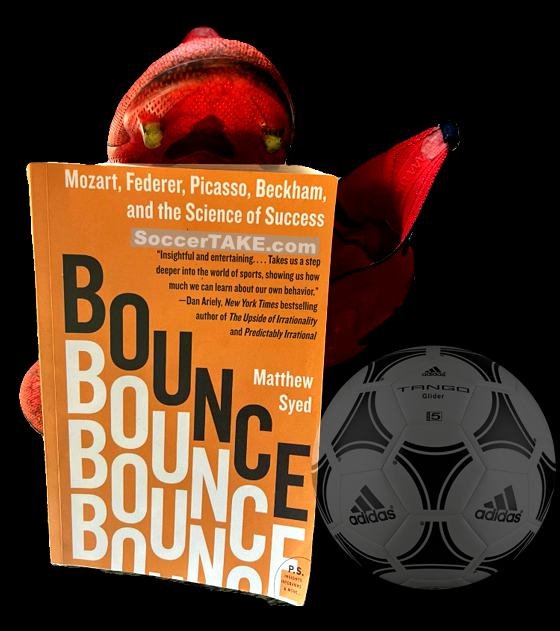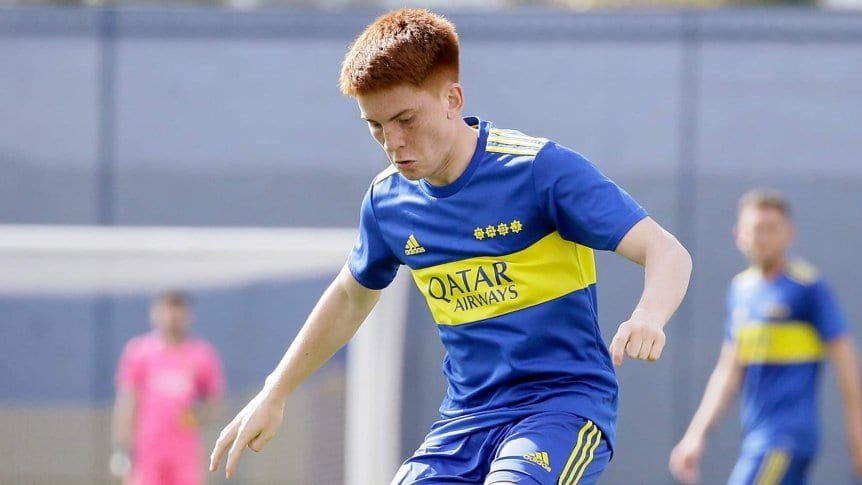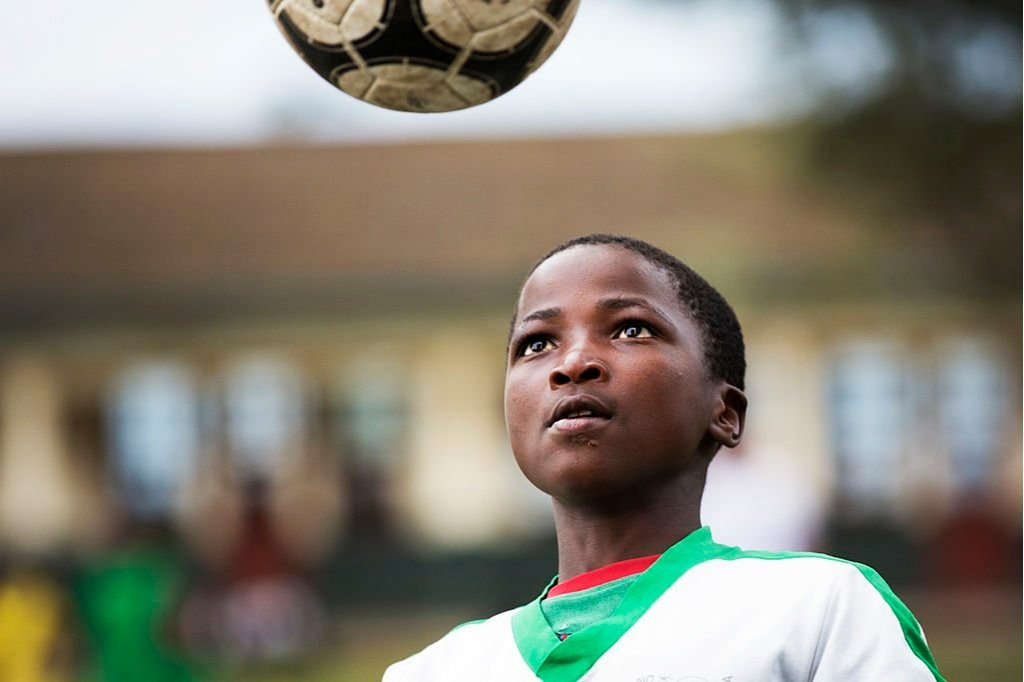9v9 or 11v11: Which Format is Optimal for Player Development
The debate between 11v11 and 9v9 formats in youth soccer has been a topic of discussion among coaches, parents, and soccer experts worldwide. The objective is to find the optimal balance between technical development, tactical understanding, and physical conditioning for young players. This article explores the perspectives of various countries, including Spain, France, Italy, the Netherlands, Brazil, Argentina, England, and the USA. It also examines the primary drawbacks of the 11v11 format for youth development in soccer. Let’s dive in.
Part 1: The Importance of Developmental Stages and Soccer Formats
The Early Stages: Smaller-Sided Games for Fundamental Skills
The foundation of soccer development begins with smaller-sided games like 5v5 or 7v7, typically played by children up to U12 age groups. Smaller-sided games provide more touches on the ball, increased decision-making opportunities, and better space management. These games promote technical skills, creativity, and improved tactical understanding for young players.
Transitioning to Larger Formats: 9v9 and 11v11
As players grow and develop, they eventually transition to larger soccer formats like 9v9 and 11v11. The debate regarding which format is better for development primarily focuses on the timing of this transition. Some experts argue that introducing 11v11 too early can hinder skill development, while others believe that 9v9 should be used for an extended period to facilitate technical and tactical growth.
Part 2: Perspectives from Around the World
Spain
Spain has long been praised for its player development system, with an emphasis on technical skill and possession-based soccer. Spanish youth leagues typically transition to 11v11 around the U14 age group, following a period of smaller-sided games like 7v7 and 9v9. Spanish academies, such as La Masia (FC Barcelona) and La Fábrica (Real Madrid), prioritize ball mastery and tactical understanding over physicality, which is why they tend to delay the transition to 11v11.
Italy and France
Similar to Spain, Italy and France prioritize skill development and technical training. Italian and French clubs usually transition to 11v11 soccer around the U14 age group. Smaller-sided games like 9v9 or 7v7 are used for a longer period before transitioning to 11v11 to develop players' technical and tactical abilities.
Netherlands
The Netherlands is renowned for its development of technically gifted and tactically intelligent players. Dutch clubs generally introduce 11v11 soccer around the U13 age group. However, smaller-sided games like 9v9 are used extensively during earlier stages to emphasize technical skills, creativity, and decision-making.
Brazil and Argentina
In Brazil and Argentina, the focus is on skill development and creativity. These countries often use smaller-sided games in street soccer or informal settings to nurture young talent. Formal youth leagues in these countries generally transition to 11v11 soccer at the U14 age group, providing a solid foundation of technical skills and tactical understanding.
England
England has historically introduced 11v11 soccer at younger age groups, around U11 or U12. However, in recent years, the English Football Association has revised its approach, delaying the transition to 11v11 until the U13 age group. This change aims to prioritize skill development and encourage young players to express themselves creatively on the field.
USA
In the USA, the transition to 11v11 soccer typically occurs around the U13 age group. This approach is consistent with the United States Soccer Federation's (USSF) Player Development Initiatives, which emphasize skill development, creativity, and decision-making. However, some regional leagues and states may vary slightly in their approach. For example, in Texas, players transition to 11v11 at the U11 age group. On the U.S. East cost, the Eastern Development Program (EDP) leagues, on the other hand, follow the USSF's guidelines and introduce 11v11 at the U13 age group.
Part 3: The Drawbacks of 11v11 for Youth Development
Limited Touches and Involvement
One of the primary concerns of introducing 11v11 soccer too early is the limited number of touches and involvement that players have on the ball. With more players on the field, there are fewer opportunities for individual interaction with the ball, which can hinder the development of technical skills. This situation can result in young players lacking the confidence and creativity needed to excel in the sport.
Additionally, limited touches on the ball can lead to a decreased focus on decision-making and problem-solving skills, as players have fewer opportunities to make decisions in game situations. As a result, their ability to think quickly and adapt to changing circumstances on the field may be negatively impacted.
Overemphasis on Physicality and Athleticism
Another drawback of introducing 11v11 soccer at a young age is the potential overemphasis on physicality and athleticism. The larger field size and increased number of players can lead coaches and teams to prioritize physical attributes such as strength, speed, and endurance. This focus can come at the expense of developing technical and tactical skills, which are essential aspects of a player's growth and long-term success.
The 11v11 format often lends itself to more athletic players dominating the game because of their athleticism, rather than their soccer-specific skills. This situation can create an environment where players who develop physically earlier have a significant advantage, while late bloomers may be overlooked. Consequently, players who possess strong technical abilities but lack exceptional athleticism may struggle to stand out in the larger format, potentially hindering their long-term development.
An overemphasis on physicality can also result in a lack of attention to injury prevention and proper physical development. Young players may be pushed too hard physically, leading to a higher risk of injuries and burnout. This situation can hinder their long-term potential and enjoyment of the sport.
Tactical Complexity
The tactical complexity of 11v11 soccer can be overwhelming for younger players. While understanding various formations and tactics is vital for development, introducing this complexity too early can be counterproductive. Young players may struggle to process the tactical intricacies of the game effectively, leading to confusion and a lack of understanding of their roles and responsibilities on the field.
Furthermore, this early exposure to complex tactics can lead to a reliance on rigid, structured play, rather than fostering creativity, spontaneity, and problem-solving skills.
Developmental Imbalance
Introducing 11v11 soccer at a young age can create a developmental imbalance among players. In this format, there is a tendency to rely on specialized positions and roles, which can lead to players becoming overly specialized in specific areas of the game. This specialization can hinder the development of well-rounded, versatile players capable of adapting to various positions and situations on the field.
Moreover, the focus on winning games in the 11v11 format can result in coaches prioritizing the development of specific positions, such as forwards and central midfielders, at the expense of other positions. This focus can create an imbalance in skill development and limit opportunities for players in less prioritized positions.
Managing Advance Players (Playing Up) in Transition to 11v11
Advanced players who play up a year often face a dilemma when their team transitions to 11v11. Should they drop down an age group to stay in the 9v9 format, even if the competition level is less challenging for them? This decision requires careful consideration of the individual player's developmental needs and long-term goals.
In some cases, staying in the 9v9 format may benefit advanced players, as it provides more opportunities for skill development, creativity, and decision-making. The smaller-sided format can help these players further refine their technique and tactical understanding. However, this option may come at the cost of playing against less challenging competition, which could slow their progress and hinder their ability to reach their full potential.
Alternatively, advanced players can choose to continue playing up an age group and transition to 11v11. This option may provide a more competitive environment that challenges these players to adapt and excel in a more physically demanding setting. However, the increased focus on physicality and athleticism in the 11v11 format could detract from the player's technical and tactical development.
Ultimately, the decision depends on the individual player's needs, strengths, and weaknesses. Coaches, parents, and players should collaborate to determine the best course of action for each advanced player. Factors to consider include the player's physical maturity, skill level, tactical understanding, and overall goals in the sport.
It is crucial to monitor and reassess the player's progress regularly, regardless of the chosen path. Regular evaluations can help ensure that the player's development remains on track and that adjustments can be made as needed. By carefully weighing the pros and cons of each option, advanced players can make informed decisions that promote their long-term growth and success in soccer.
Part 4: Expert Opinions on Youth Soccer Formats
Various experts in the field of youth soccer development have weighed in on the debate between 9v9 and 11v11 formats, offering their opinions on the ideal age for players to transition from one format to the other. These opinions often depend on factors such as age group, player development, and the desired balance between skill development and competition. Here are some notable perspectives from experts in the soccer world.
Tom Byer: Focus on Technical Skills
Tom Byer, an American soccer coach who has significantly influenced youth soccer development in Japan, emphasizes the importance of technical skills in young players. Byer believes that smaller-sided games, such as 9v9, allow for more touches on the ball and greater opportunities for players to develop these skills. He argues that 11v11 should be introduced at a later stage, around the age of 14 or 15, once players have developed a solid technical foundation (source: The Guardian).
Horst Wein: Gradual Progression
Horst Wein, a renowned German youth soccer coach, suggests a gradual progression in team size and field dimensions as players mature. He recommends starting with smaller-sided games like 3v3, 5v5, and 7v7 before eventually progressing to 9v9 around the age of 12 and 11v11 at the age of 14 or 15. According to Wein, this approach allows players to develop their skills and understanding of the game more effectively (source: Soccer Awareness).
Dr. Javier Mallo: Spain's Approach
Dr. Javier Mallo, a soccer fitness coach and researcher from Spain, has highlighted the Spanish approach to youth soccer. Spanish academies typically use smaller-sided games, including 9v9, until players reach the age of 14. Mallo believes that this approach encourages players to develop their technical skills, tactical understanding, and decision-making abilities in a more effective manner (source: These Football Times).
Brazil's Emphasis on Futsal
In Brazil, many young players develop their skills by playing futsal, a small-sided game played on a hard court with a smaller, heavier ball. This format emphasizes skill, creativity, and quick decision-making, which are crucial components of Brazilian soccer success. While not exactly 9v9, the concept of starting with smaller-sided games is a key aspect of player development in Brazil. The transition to 11v11 typically occurs around the age of 14 or 15 (source: FIFA).
Michel Bruyninckx: Cognitive Training and Smaller-Sided Games
Michel Bruyninckx, a Belgian soccer coach known for his innovative cognitive training approach, advocates for smaller-sided games like 9v9 for youth development. Bruyninckx argues that these formats provide more opportunities for players to develop their cognitive abilities, such as perception, decision-making, and problem-solving, which are essential for success at higher levels of soccer. He suggests a gradual transition to 11v11, with players moving to the larger format around the age of 14 or 15 (source: Soccer Coach Weekly).
The Bottom Line
The debate between 9v9 and 11v11 soccer formats for youth development highlights the importance of considering various factors, such as the age of the players, the size of the field, and the emphasis on technical, tactical, and physical development. Many experts argue that smaller-sided games, such as 9v9, are more beneficial for younger players, as they provide more touches on the ball, increased involvement, and a greater focus on skill development.
Countries like Spain, the Netherlands, and France have had success in developing technically skilled and tactically proficient players by utilizing smaller-sided games during the early stages of player development. This approach contrasts with the traditional 11v11 format, which can lead to an overemphasis on physicality and athleticism, limited touches on the ball, and a lack of focus on technical and tactical development.
Ultimately it is important to consider the specific needs and developmental stages of youth players when determining the most appropriate playing format. Smaller-sided games, such as 9v9, can provide young players with a more conducive environment for developing their skills, creativity, and decision-making abilities, ultimately leading to better long-term development and success in the sport.

